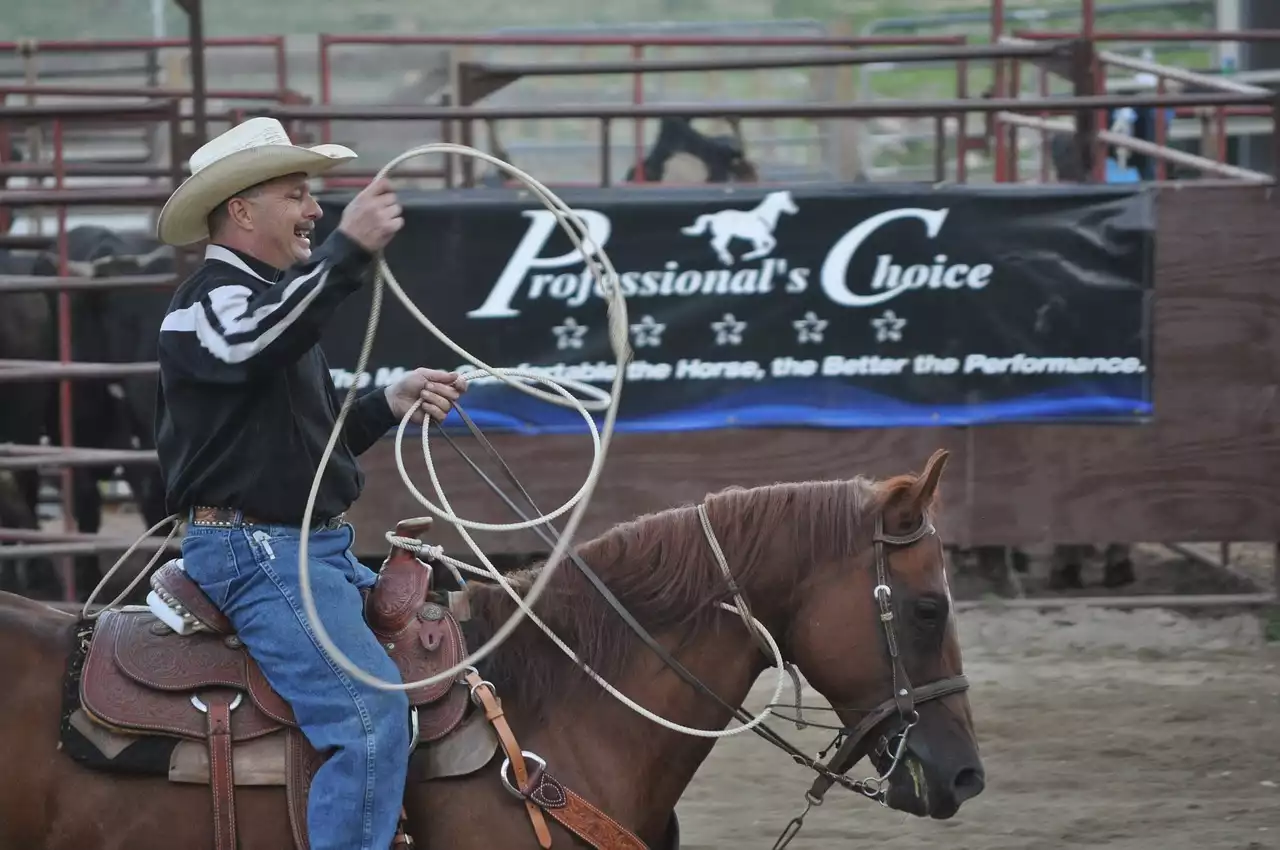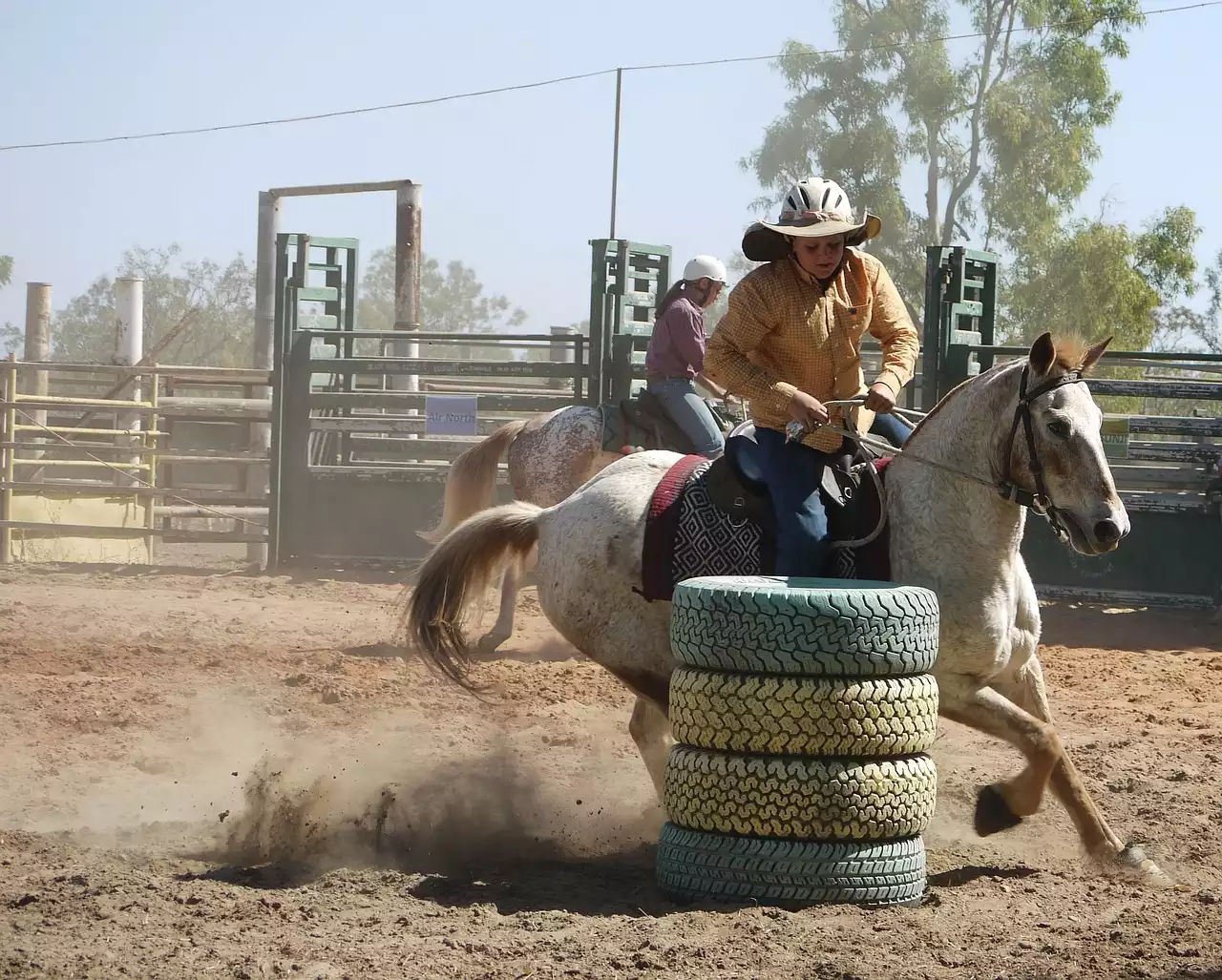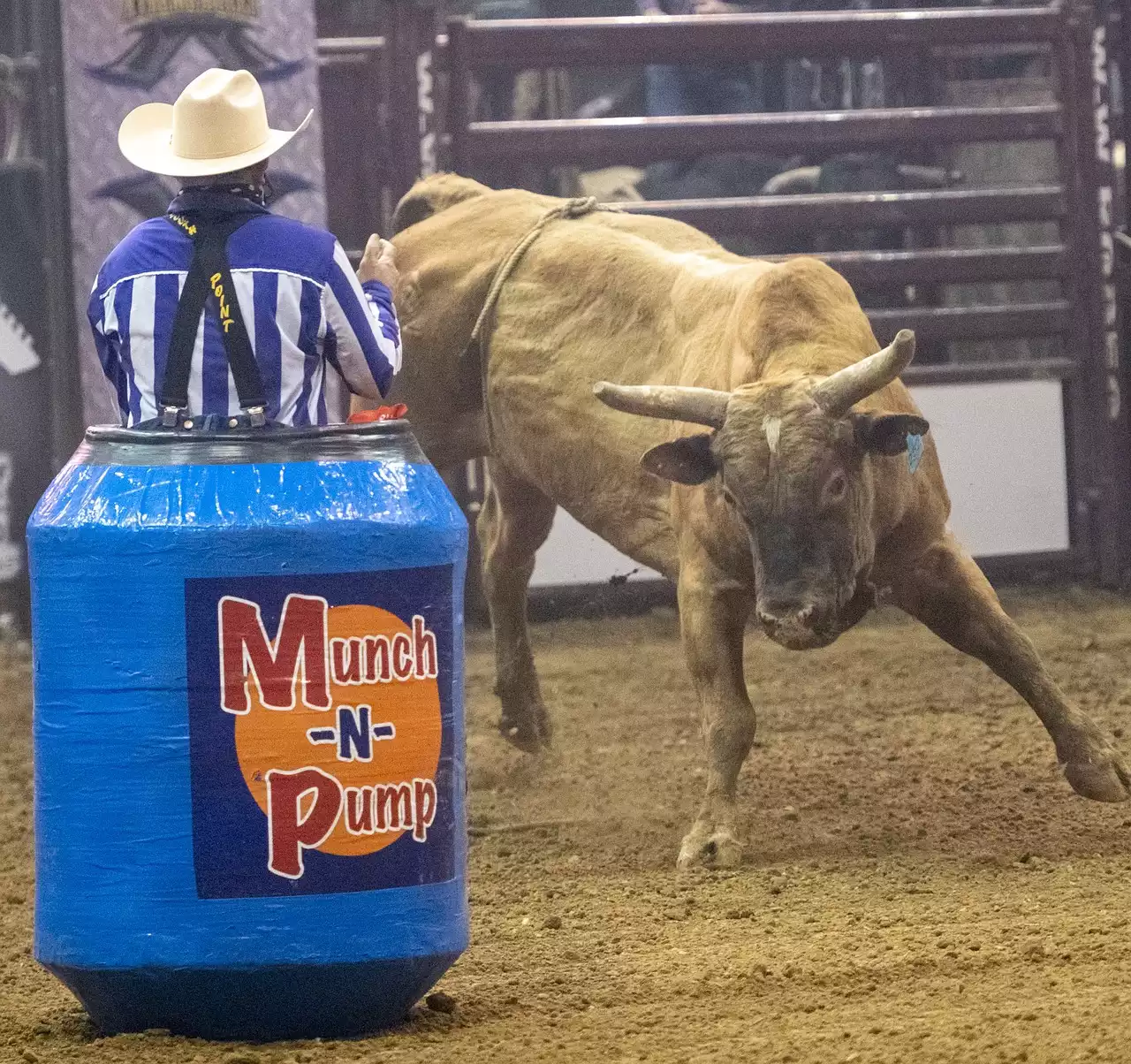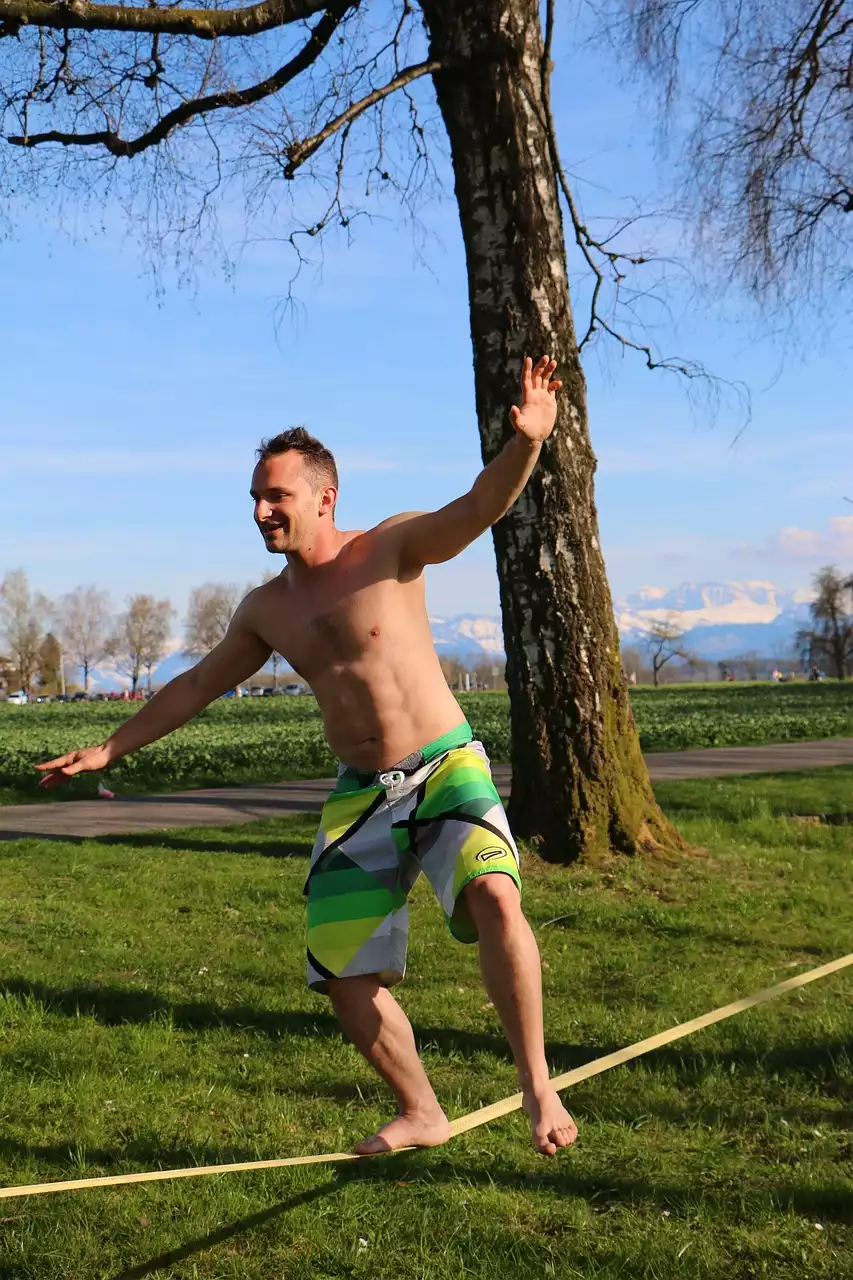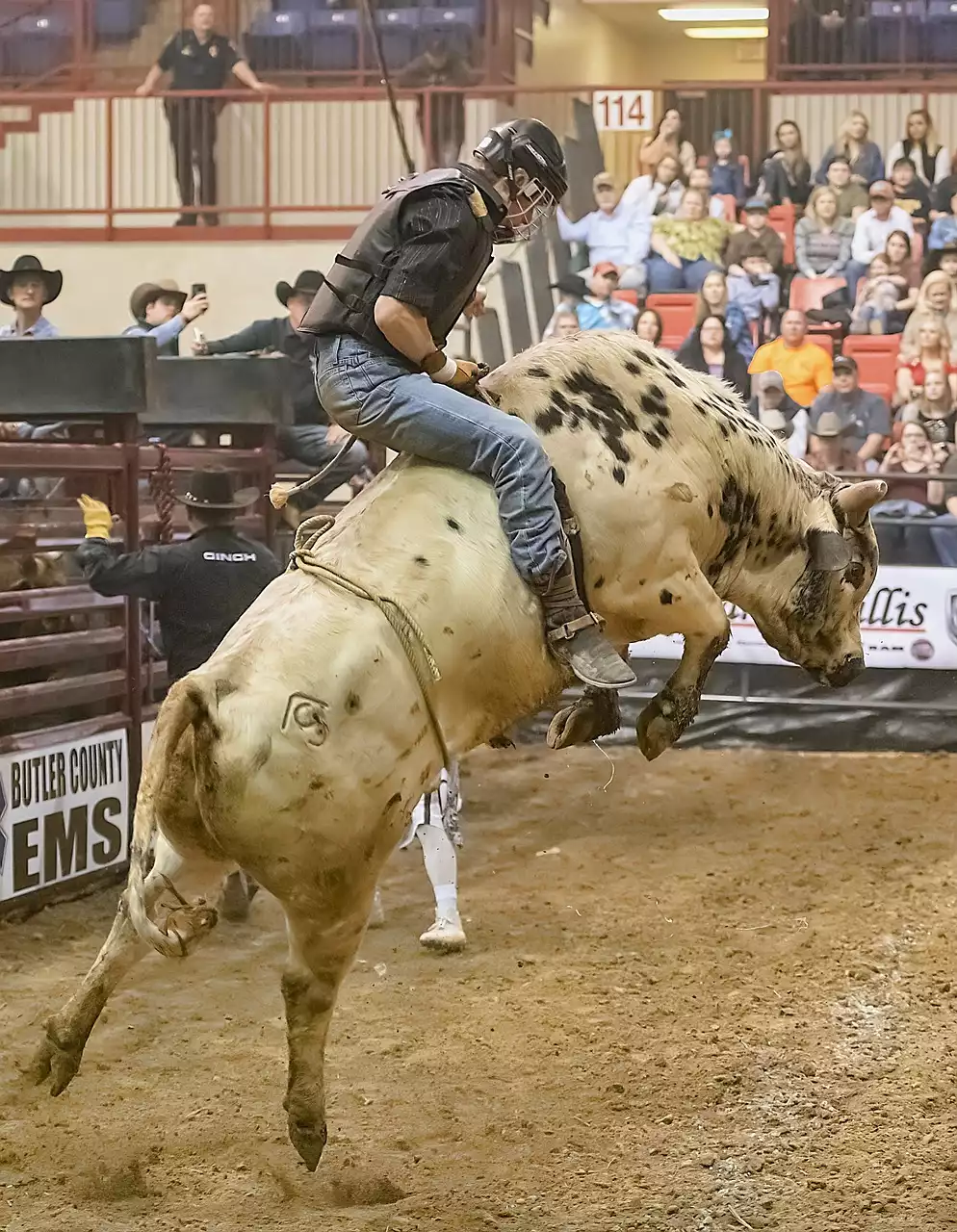Understanding the basics of Rodeo
Rodeo is a competitive sport that originated in the United States in the late 1800s. It involves a variety of events, including bull riding, bronc riding, steer wrestling, and barrel racing. Rodeo riders are known for their skill, strength, and bravery, as they compete against some of the toughest animals in the world.
To be successful in rodeo, it's important to have a good understanding of the basics. This includes knowledge of the various events, the rules and regulations, and the equipment used in the sport. You'll also need to have a solid foundation in horseback riding, as this is the basis for many of the rodeo events.
Importance of basic training techniques
While rodeo may look easy from the outside, it's actually a very challenging sport that requires a great deal of skill and physical ability. That's why it's important to start with the basics and work your way up. By mastering the basic training techniques, you'll be able to build a solid foundation of skills and knowledge that will serve you well as you progress to more advanced levels.
Some of the key benefits of basic rodeo training include:
- Improved balance and coordination
- Increased strength and agility
- Better communication and trust with your horse
- Greater confidence and resilience
Equipment needed for training
Before you can start your rodeo training, you'll need to make sure you have the right equipment. This includes a properly fitted helmet, boots with a heel, and a riding saddle. You may also want to invest in some additional safety gear, such as a protective vest and gloves.
When choosing your equipment, it's important to select high-quality items that are designed specifically for rodeo riding. This will help ensure that you're comfortable and safe while you're in the saddle.
Choosing a suitable horse
One of the most important decisions you'll make as a rodeo rider is choosing the right horse. Your horse will be your partner in the arena, and you'll need to work closely with them to develop a strong bond and establish trust.
When selecting a horse for rodeo, it's important to look for an animal that is well-trained, physically fit, and has a good temperament. You'll also want to consider your own skills and experience level, and choose a horse that is suitable for your riding style and ability.
Proper handling and care of horses
In addition to selecting the right horse, it's also important to know how to handle and care for them properly. This includes learning how to groom, feed, and exercise your horse, as well as understanding their body language and behavior.
Proper horse care is essential for their health and well-being, and it also helps to build a strong relationship between you and your horse. By taking the time to learn about your horse and their needs, you'll be able to develop a deeper understanding and appreciation for these magnificent animals.
Rodeo training exercises for beginners
Once you have your equipment and horse in place, it's time to start your rodeo training. As a beginner, it's important to focus on building your core skills and developing a strong foundation of balance, coordination, and strength.
Some of the key rodeo training exercises for beginners include:
- Riding in a straight line at different speeds
- Practicing turns and circles
- Working on transitions between different gaits
- Riding over obstacles, such as poles or cones
- Practicing basic rodeo event techniques, such as mounting and dismounting and controlling your horse's speed
Building trust and communication with your horse
One of the most important aspects of rodeo riding is building a strong bond with your horse. This requires a great deal of patience, consistency, and communication.
To build trust and communication with your horse, it's important to spend time with them outside of the arena. This can include grooming, feeding, and playing with your horse, as well as taking them for walks or trail rides.
In the arena, focus on developing clear communication with your horse through body language and voice commands. This will help you work together as a team and achieve your goals in the rodeo events.
Common mistakes to avoid during training
As a beginner in rodeo, it's natural to make mistakes along the way. However, there are some common errors that you can learn to avoid to help you progress more quickly and safely.
Some of the most common mistakes to avoid during rodeo training include:
- Overworking your horse
- Neglecting your own physical fitness and health
- Failing to wear proper safety gear
- Pushing yourself too hard or too fast
- Ignoring your horse's needs and signals
By staying aware of these common mistakes, you'll be able to take a more thoughtful and deliberate approach to your rodeo training.
Enjoying your rodeo journey
Starting your rodeo journey can be a thrilling and rewarding experience, but it requires dedication, hard work, and a willingness to learn. By focusing on the basics of rodeo training, building trust and communication with your horse, and avoiding common mistakes, you'll be well on your way to becoming a successful rodeo rider.
Remember to always prioritize safety and respect for your horse, and to enjoy the journey along the way. With time and practice, you'll be able to master the skills and techniques of rodeo riding, and experience the thrill of competing in this exciting sport. So saddle up and let the rodeo adventure begin!
